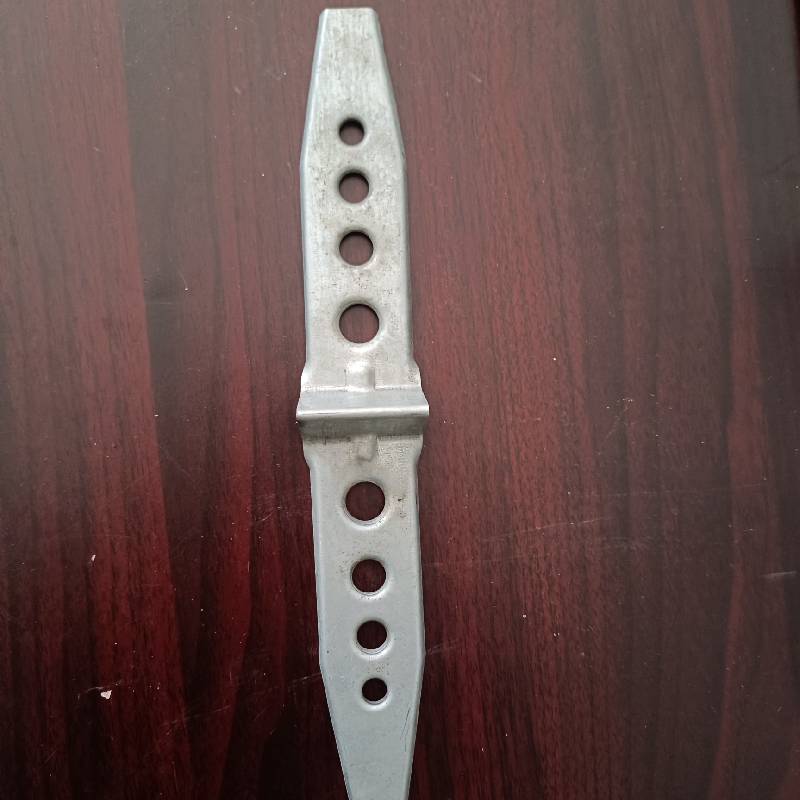
- Mobile Phone
- +8613931874955
- sales@cntcmetal.com
poultry net
Understanding Poultry Net A Comprehensive Overview
Poultry farming is a vital component of the global agricultural industry, contributing significantly to the food supply and economic stability in many regions. One of the most critical aspects of managing a poultry farm is ensuring the safety and health of the livestock, which often involves the use of poultry nets. This article will explore the importance of poultry nets, their various types, applications, and benefits.
What is Poultry Net?
Poultry netting is a type of fencing designed specifically for the containment and protection of poultry birds such as chickens, ducks, turkeys, and geese. It serves multiple purposes, including preventing the escape of the birds, protecting them from predators, and providing a designated area for free-ranging. Made from various materials, poultry nets can come as fixed enclosures or portable options, catering to different farming styles and needs.
Types of Poultry Nets
1. Plastic Poultry Netting Lightweight and durable, plastic poultry netting is a popular choice among poultry farmers. It is easy to handle and install and offers good visibility and airflow for the birds. Plastic nets are often UV-treated to withstand exposure to the sun and are available in various mesh sizes to accommodate different poultry types.
2. Metal Poultry Fencing For those seeking a more permanent solution, metal poultry fencing is robust and provides excellent protection against larger predators. Though more expensive and challenging to install, metal fencing can last for many years, making it a worthwhile investment for serious poultry operators.
3. Electric Poultry Fencing This technology uses electric current to deter predators and contain poultry within a designated area. Electric nets are portable and can be moved easily, making them suitable for rotational grazing systems. It’s crucial, however, to ensure that these fences are properly installed and maintained to ensure effectiveness and animal welfare.
4. Portable Poultry Nets Designed for farmers who allow their birds to graze in different locations, portable nets can be easily set up and moved. These nets are typically lightweight and come in various styles, providing flexibility for free-ranging poultry.
Applications of Poultry Nets
The applications of poultry nets are varied and cater to the needs of both small-scale and large-scale poultry farming operations
. Here are some key usespoultry net

- Free-Range Poultry Farming Poultry nets enable farmers to designate safe grazing areas for their birds while keeping them secure from predators. This method not only enhances the quality of life for poultry but also improves the quality of meat and eggs.
- Biosecurity Measures By containing the flock, poultry nets help reduce the risk of disease spread. Keeping the birds within a confined area minimizes contact with wild birds and pests that may carry diseases.
- Land Management Farmers can use poultry nets to manage land effectively. By rotating grazing areas, poultry can help in natural land fertilization, pest control, and prevention of overgrazing.
Benefits of Using Poultry Nets
1. Protection from Predators One of the primary benefits of poultry nets is their ability to protect birds from a variety of predators, including foxes, raccoons, and birds of prey. This protection is crucial in maintaining flock health and preventing losses.
2. Enhanced Welfare With enough space to roam and forage, poultry can exhibit natural behaviors, leading to improved overall welfare. Happy and healthy birds are more productive in terms of egg production and meat quality.
3. Ease of Use Many poultry nets are designed for easy installation and removal. Farmers can easily set up or relocate nets as needed, allowing for flexibility in farm management.
4. Cost-Effectiveness In the long run, the use of poultry nets can lead to savings on veterinary costs associated with disease outbreaks, injuries from predators, and decreased mortality rates.
Conclusion
Poultry nets are an essential tool in modern poultry farming. They offer a host of benefits, from providing security against predators to improving the welfare of the birds. By understanding the different types of poultry nets available and their applications, farmers can make informed decisions to optimize their poultry operations. As the industry continues to evolve, the use of effective fencing will remain a cornerstone of sustainable and responsible poultry farming, ensuring a healthy future for this vital agricultural sector.
share:
-
Understanding Wall Ties: Types and ImportanceNewsApr.28,2025
-
Top Products for Your Yard and Signage NeedsNewsApr.28,2025
-
The World of SpringsNewsApr.28,2025
-
Masonry Accessories: Essential for Building Strong FoundationsNewsApr.28,2025
-
Fencing Solutions for Every NeedNewsApr.28,2025
-
A Comprehensive Guide to Iron Wire for Your Construction NeedsNewsApr.28,2025
-
The Versatility of Wire Tension SpringsNewsApr.16,2025



















